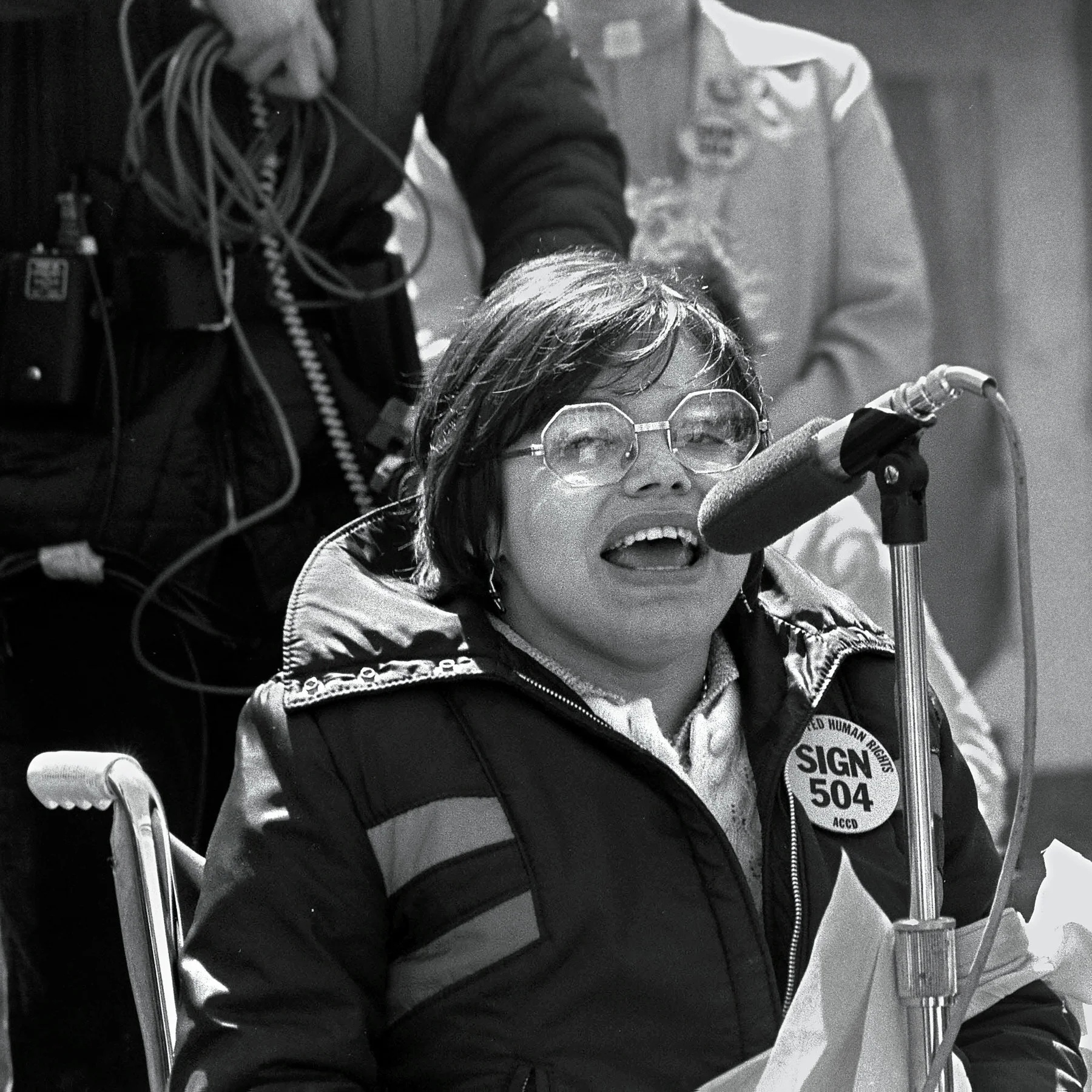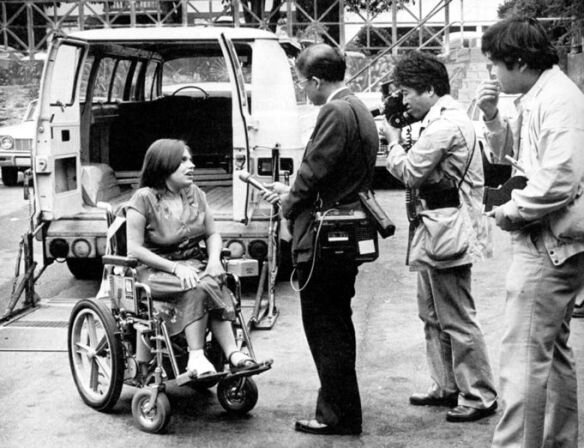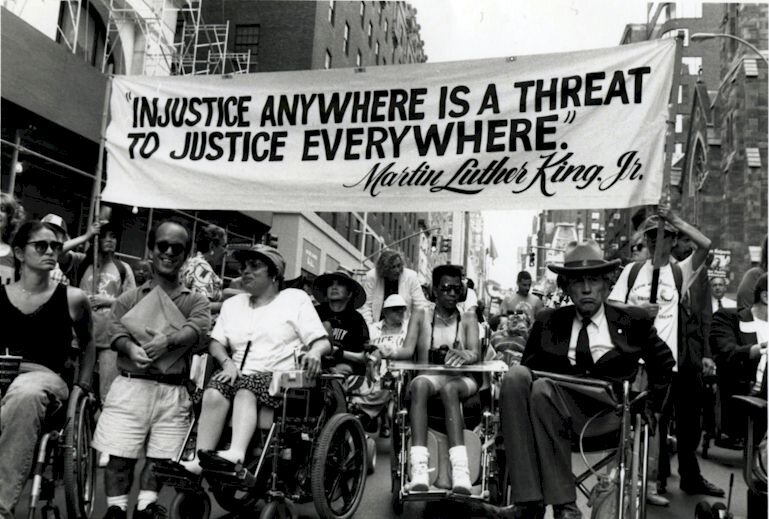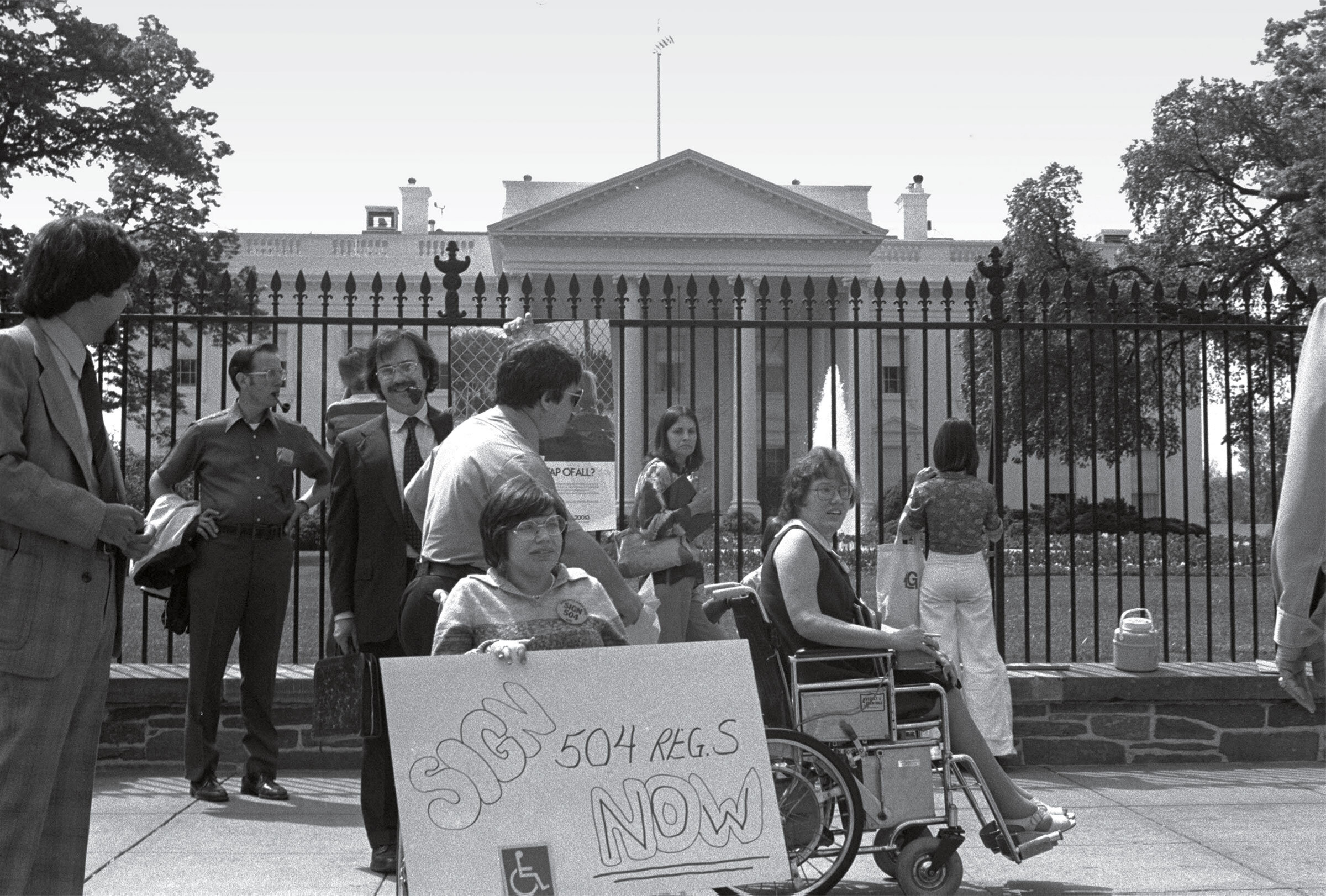Who I'm Looking Up To: Judy Heumann

Her name never appeared in any of my textbooks. Her story, and the story of countless others, who fought alongside her was never told by my teachers. The movement she led was never listed on any timeline in my history classes. Her name is Judith “Judy” Heumann.
Paralyzed from polio at 18 months, Judy Heumann has been subject to discrimination since she was five years old. Her local public school denied her admittance because they deemed her and her wheelchair a “fire hazard”. As she grew up, watching her parents continuously advocate on her behalf, Judy realized that to fight the discrimination she faced, she would have to work together with the disabled community to advocate for the changes she wished to make. She attended Camp Jened from ages 9 to 18 (and if you haven’t watched Crip Camp, I highly suggest doing so, and reading my thoughts on the movie here) where she met future activists Bobbi Linn, James LeBrecht and Freida Tankus. While attending Long Island University, she organized rallies and protests to demand the school build ramps and give her and others the right to live in the dorms on campus.
In 1970, she sued New York City’s Board of Education after they denied her her teaching license. Their reason? The board did not believe she was capable of getting herself or her students out of the building in the case of a fire. She was successful in her pursuit of justice and became the first teacher in a wheelchair in New York City. She co-founded Disabled in Action and, in 1973, she joined Berkeley’s Center for Independent Living, serving on its Board of Directors. She co-founded the World Institute on Disability with fellow activist Ed Roberts, served as the Assistant Secretary for the Office of Special Education and Rehabilitative Services under President Clinton, served as the World Bank's first Adviser on Disability and Development, was appointed by President Obama to serve as the first Special Advisor for International Disability Rights at the U.S. Department of State...I could go on and on as her list of accomplishments and accolades are seemingly endless.
In my eyes, her biggest achievement was organizing the 504 Sit-in in 1977. Section 504 of the Rehabilitation Act of 1973, after traffic stopping demonstrations led by Judy. Yet, for four years after its ratification the law had not been implemented. The establishment of regulations were delayed and delayed until finally, on April 5, 1977 it was determined that enough was enough.
29 years old at the time, Judy Heumann, along with Kitty Cone and more than 100 demonstrators, staged a sit-in at the San Francisco Health, Education and Welfare Office. It lasted 25 days and, to this day, remains the longest sit-in at a federal building. The result? Secretary of Health, Education and Welfare Joseph Califano signed the regulations on April 28, 1977. Reflecting on the sit-in and what it accomplished, Judy Heumann said:
“We were creating a community that hadn’t existed earlier. We stayed together because people were recognizing and really were believing that we could make a difference.”
As a proud disabled woman, I was ashamed that I hadn’t heard her story, and the story of the disability rights movement, until Crip Camp. I still cannot believe that the disability rights movement is not taught in schools. It is because of Judy Heumann and the movement that she continues to lead that I advocate for myself and others on a daily basis. It is because of Judy Heumann that I started this blog and am writing these words. I look up to her, am continually inspired by her, because without her I would not be the woman I am today.












